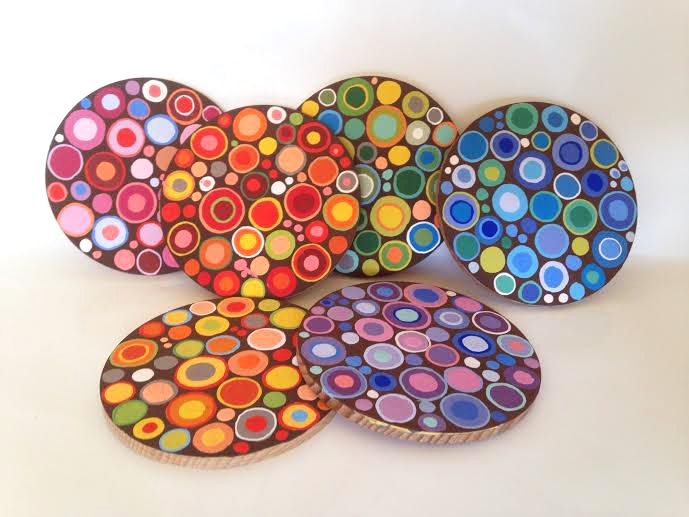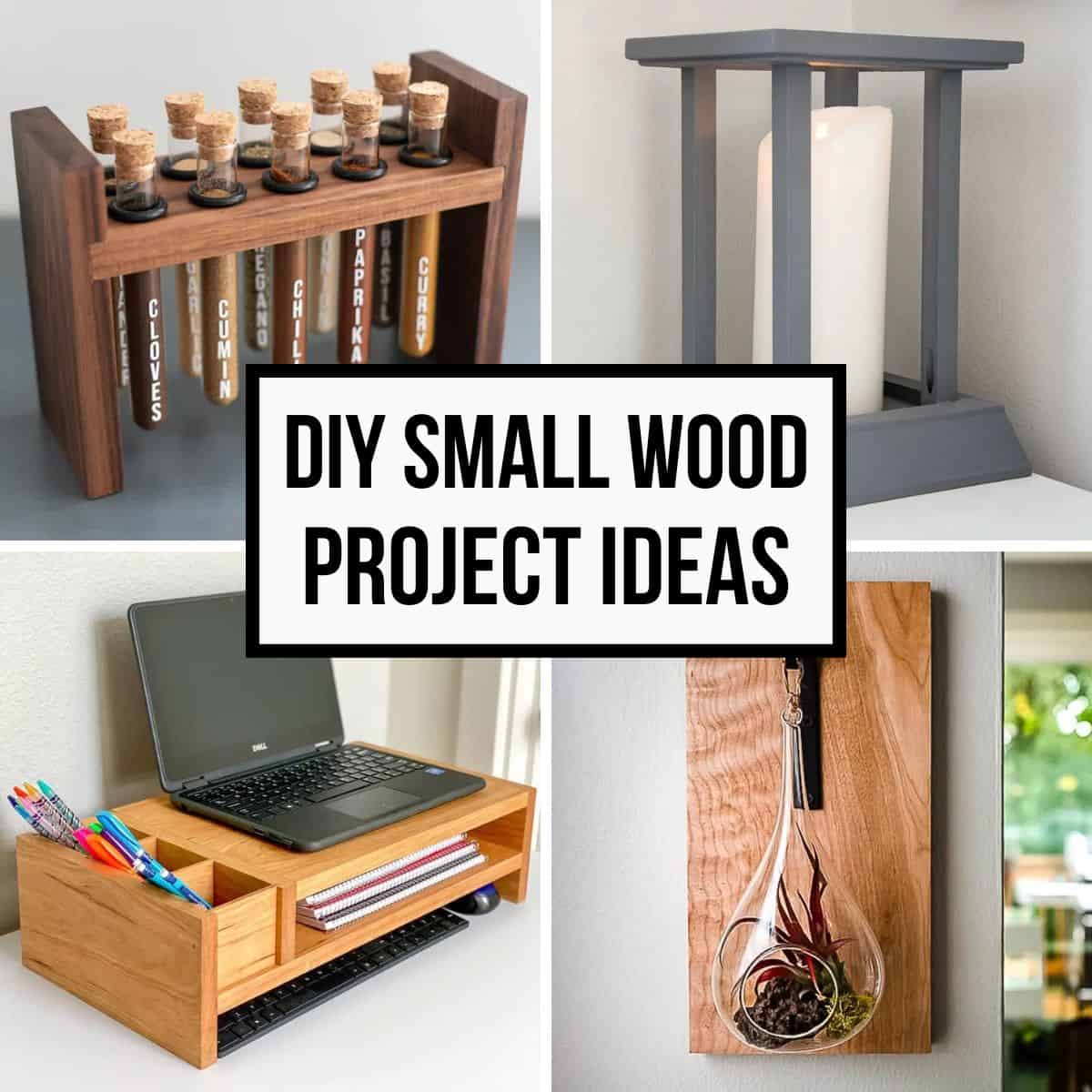

Materials:
Wood:
Shelving: Choose plywood, MDF, or solid wood depending on your budget and desired look.
Supports: For vertical supports and rails, consider using 1x2 or 1x4 lumber.
Hardware:
Screws: For securing the wood pieces.
Brackets: For mounting shelves.
Drawer slides: If you want to add drawers.
Hooks: For hanging clothes, bags, or accessories.
Door hinges: If you're building a closet door.
Tools:
Saw: To cut the wood to size.
Drill: For drilling pilot holes and securing hardware.
Level: To ensure shelves are straight and level.
Measuring tape: To measure and mark the wood.
Pencil: For marking the wood.
Screwdriver: To tighten screws.
Sandpaper: For smoothing out rough edges.
Optional:
Paint or stain: To personalize the look of your organizer.
Contact paper or wallpaper: To add a decorative touch to shelves or drawers.
Fabric: To create drawer dividers or other organizational features.
Steps:
1. Plan and Measure:
Determine the size and layout of your closet organizer. Consider the available space and your storage needs.
Measure the dimensions of your closet and create a detailed diagram or sketch.
Decide on the number of shelves, drawers, and other features you want to incorporate.
2. Cut the Wood:
Cut the wood for the shelves, supports, and any other elements based on your measurements.
Use a saw to accurately cut the pieces to size.
Sand down the edges and any rough surfaces for a smooth finish.
3. Assemble the Organizer:
Attach the vertical supports to the back wall of the closet.
Use screws and level the supports to ensure they are plumb and straight.
Attach the horizontal rails to the supports to create the framework for the shelves.
Secure the shelves to the brackets and position them at the desired heights.
Consider adding drawer slides and installing drawers as needed.
Attach hooks to the walls or supports for hanging items.
4. Add Finishing Touches:
Paint or stain the organizer to match your existing decor.
Line the shelves with contact paper or wallpaper for a decorative touch.
Add fabric dividers or other organizational features to keep your closet tidy.
Tips:
Use sturdy wood: Choose high-quality plywood or solid wood for durability.
Pre-drill holes: Drill pilot holes before securing screws to prevent wood splitting.
Consider ergonomics: Position shelves and hanging rods at a height that is comfortable for you.
Maximize storage: Utilize every inch of space with clever storage solutions.
Keep it organized: Use bins, baskets, or other containers to separate and categorize items.
Remember:
This is just a general guide. Adjust the design and materials according to your specific needs and preferences.
Safety first! Wear safety glasses and gloves when using power tools.
Have fun and enjoy the process of creating a custom closet organizer that meets your specific storage needs!









